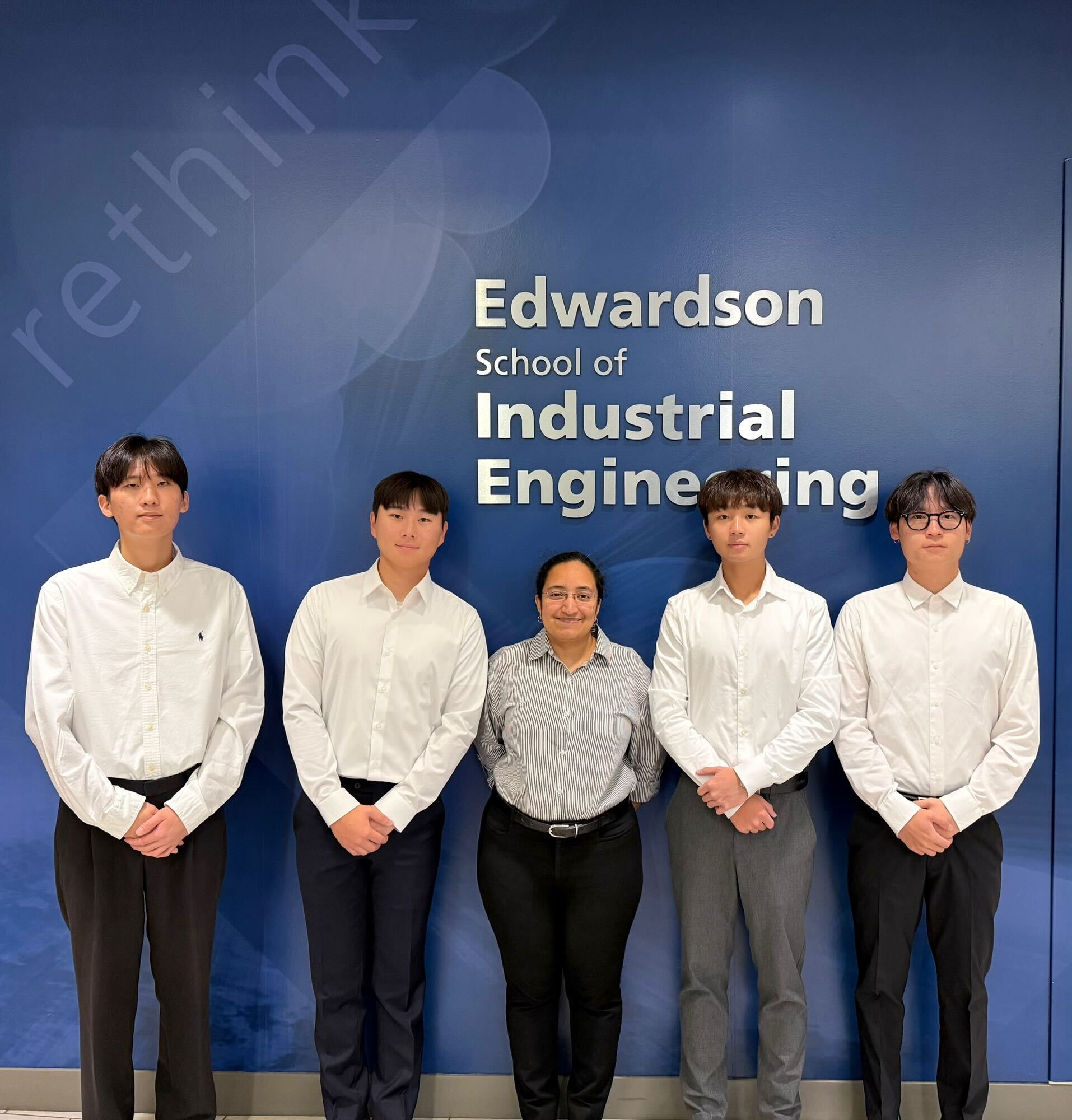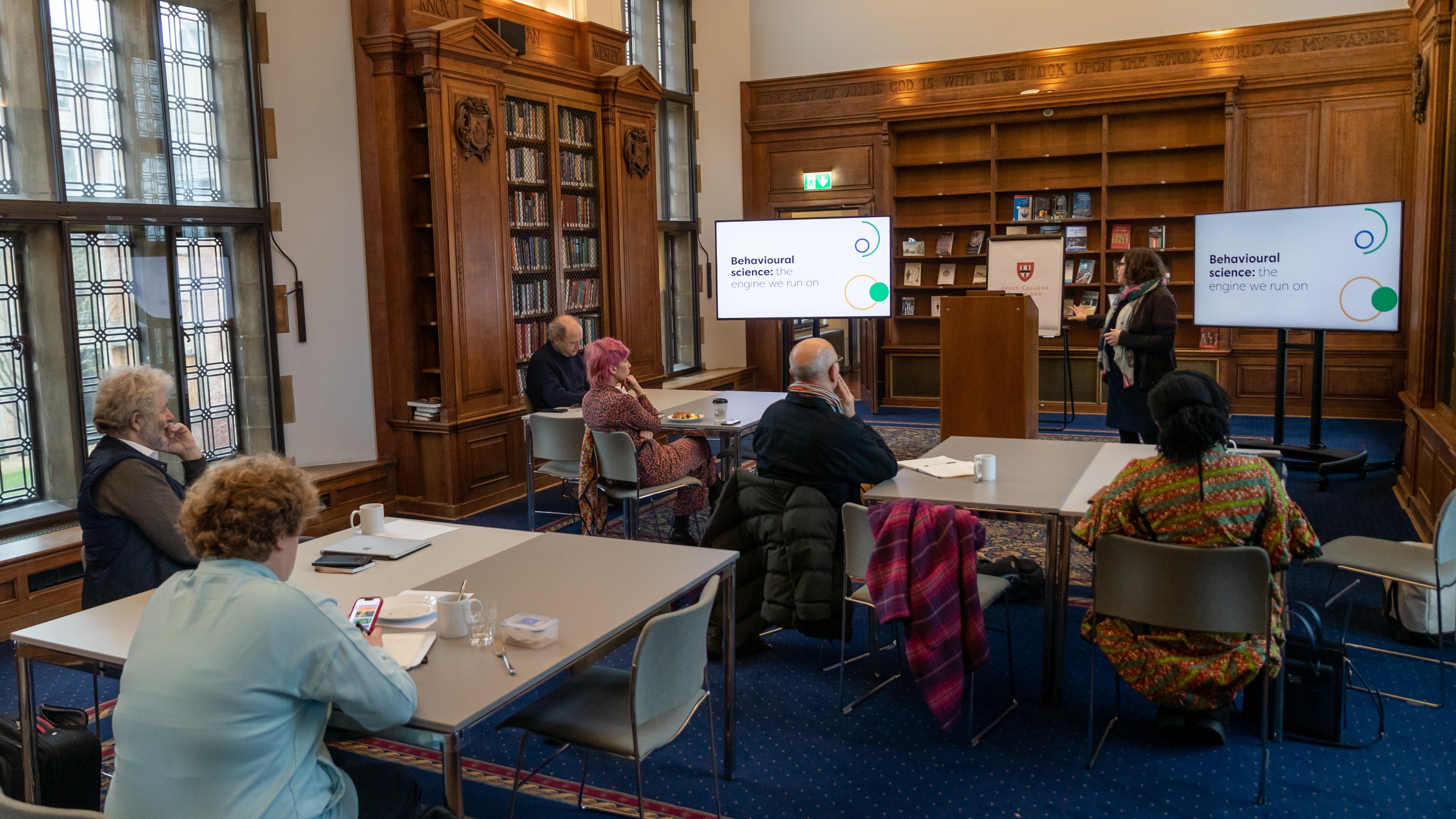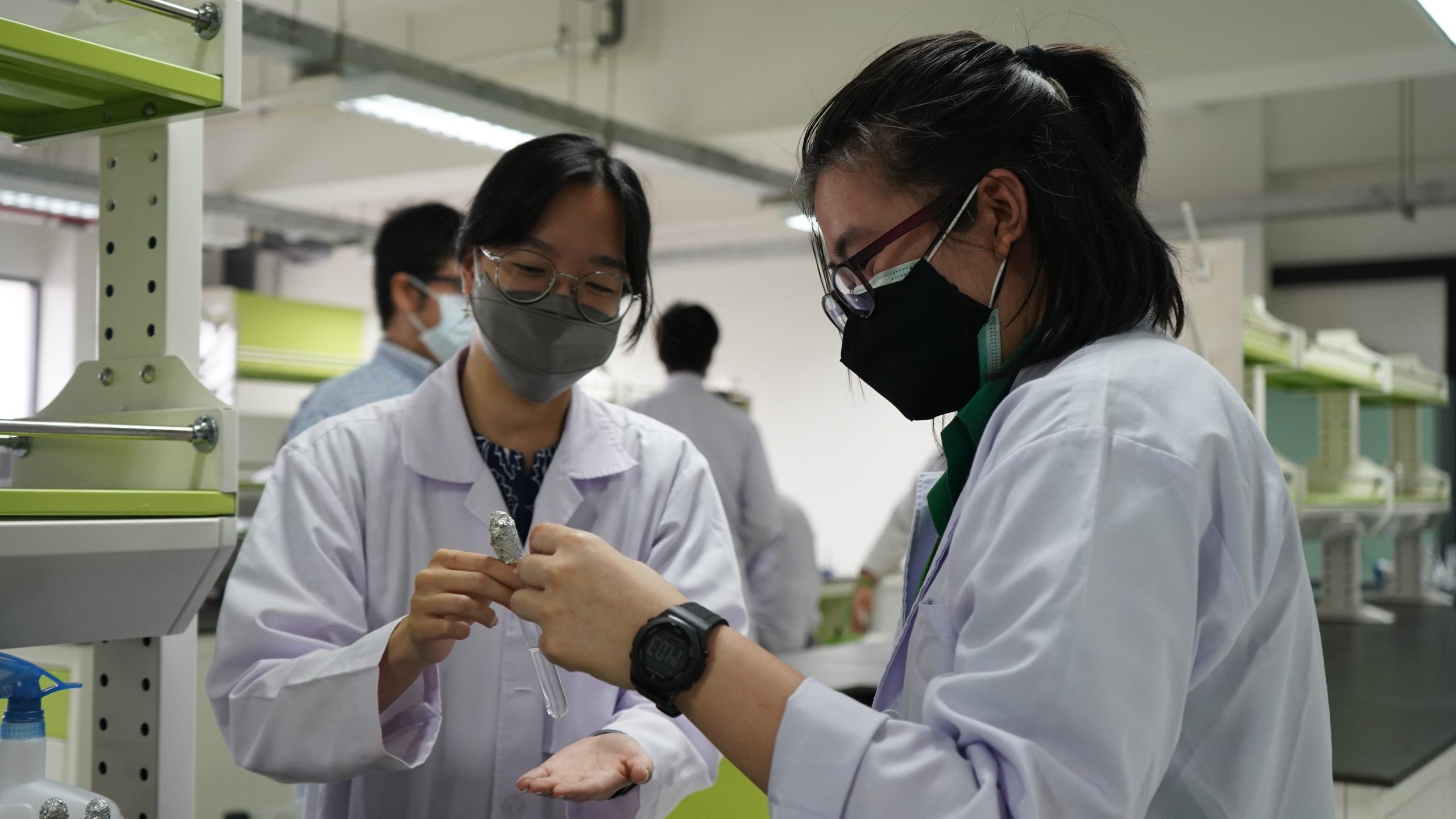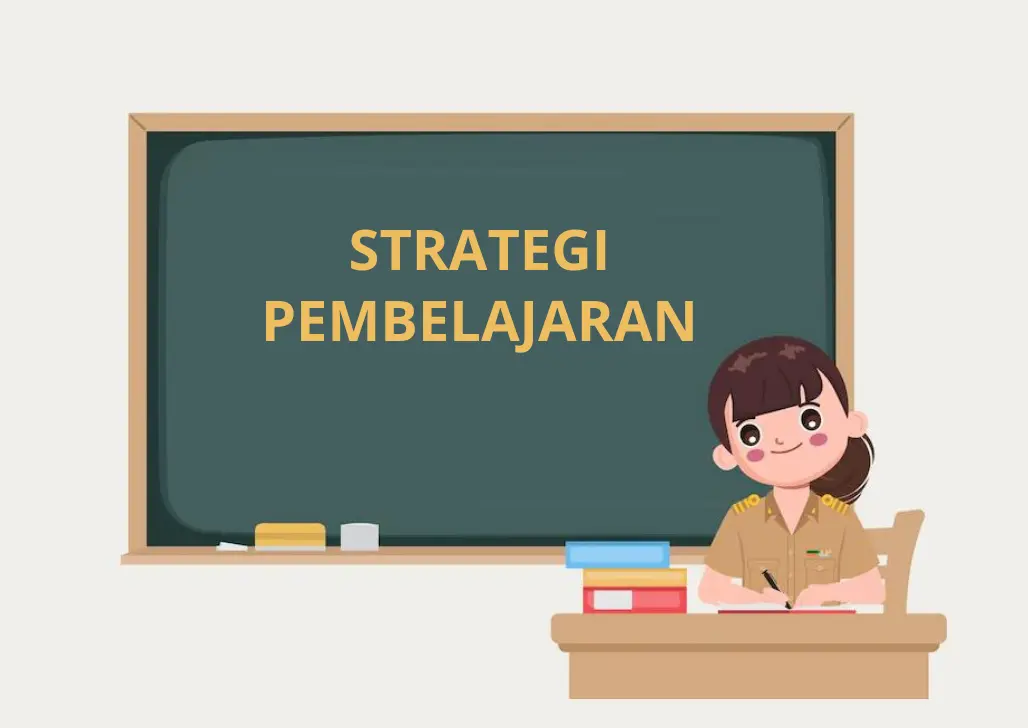
JAKARTA, inca.ac.id – Curiosity engines are the driving forces behind exploration and discovery in learning cultures. They ignite our curiosity, prompting us to inquire, discover, and immerse ourselves fully in the world. In an era where information is abundant, harnessing the power of curiosity can transform the learning experience, making it both enjoyable and impactful. This guide shares my secret sauce for maintaining a vibrant learning culture that keeps curiosity alive and learning fun and fresh.
Understanding Curiosity Engines

1. What Are Curiosity Engines?
Curiosity engines refer to the mechanisms, practices, and environments that stimulate curiosity and promote exploration. These engines can be intrinsic, such as personal interests and passions, or extrinsic, including educational frameworks, teaching methods, and collaborative opportunities. By activating these engines, learners can engage more deeply with content and develop a lifelong love for learning.
2. The Importance of Curiosity in Learning
Curiosity plays a vital role in effective learning for several reasons:
- Enhanced Engagement: When learners are curious, they are more likely to engage with the material, leading to deeper understanding and retention.
- Critical Thinking: Curiosity encourages questioning and exploration, fostering critical thinking skills that are essential for problem-solving.
- Motivation: A curious mindset fuels intrinsic motivation, driving learners to seek knowledge and pursue personal interests.
- Innovation: Curiosity is at the heart of creativity and innovation, enabling learners to explore new ideas and approaches.
Key Components of Curiosity Engines
1. Creating a Supportive Environment
A supportive learning environment is essential for fostering curiosity. This includes:
- Encouragement: Promote a culture where questions are welcomed, and exploration is encouraged.
- Safety: Create a safe space for learners to express their thoughts and ideas without fear of judgment.
2. Encouraging Questions
Questions are the fuel for curiosity engines. Encourage learners to ask open-ended questions that promote exploration. Consider:
- Socratic Method: Use guided questioning techniques to stimulate critical thinking and deeper inquiry.
- Brainstorming Sessions: Host regular brainstorming sessions where learners can share their questions and ideas.
3. Incorporating Diverse Learning Methods
Diverse learning methods can spark curiosity and keep learning fresh. Explore:
- Hands-On Activities: Incorporate experiments, simulations, and interactive projects to engage learners actively.
- Multimedia Resources: Use videos, podcasts, and interactive content to present information in varied formats.
4. Fostering Collaboration
Collaboration enhances curiosity by allowing learners to share perspectives and ideas. Encourage:
- Group Projects: Facilitate group work that requires collaboration and shared exploration of topics.
- Peer Learning: Create opportunities for learners to teach each other, fostering a sense of community and shared curiosity.
5. Connecting Learning to Real-World Applications
Linking learning to real-world situations can ignite curiosity and relevance. Consider:
- Field Trips: Organize visits to relevant sites or organizations to provide hands-on learning experiences.
- Guest Speakers: Invite industry professionals to share their experiences and insights, connecting theory to practice.
My Secret Sauce for Keeping Learning Fun and Fresh
1. Gamification
Incorporating game elements into learning can significantly boost engagement and motivation. I’ve found that using points, badges, and challenges creates a fun atmosphere where learners are excited to explore and achieve.
2. Curiosity Challenges
I regularly introduce curiosity challenges that prompt learners to investigate a specific question or topic. These challenges can be individual or team-based, encouraging exploration and creativity while fostering a sense of friendly competition.
3. Celebrating Discoveries
Recognizing and celebrating discoveries, big or small, helps maintain enthusiasm for learning. I create a platform for learners to share their findings, whether through presentations, blogs, or social media, reinforcing the joy of exploration.
4. Continuous Feedback
Providing continuous feedback is essential for nurturing curiosity. I encourage learners to reflect on their experiences, share their thoughts, and ask for input. This dialogue fosters a growth mindset and keeps learners engaged in the learning process.
5. Personalization
Personalizing learning experiences based on individual interests and goals enhances engagement. I take the time to understand each learner’s passions and tailor activities that align with their interests, making learning more relevant and enjoyable.
Personal Insights on Curiosity Engines
1. The Journey of Discovery
Throughout my learning journey, I’ve realized that the process of discovery is often more valuable than the end result. Embracing this mindset has allowed me to enjoy the learning process and appreciate the insights gained along the way.
2. Curiosity as a Lifelong Habit
Cultivating curiosity as a habit has transformed my approach to learning. By consistently seeking new knowledge and experiences, I’ve developed a deeper understanding of various subjects and a greater appreciation for the world around me.
3. The Role of Reflection
Reflecting on my learning experiences has been instrumental in enhancing my curiosity. Taking time to consider what I’ve learned and how it connects to my interests has deepened my engagement and sparked new questions.
4. Sharing the Joy of Learning
Sharing my passion for learning with others has reinforced my own curiosity. Engaging in discussions, facilitating workshops, and mentoring others not only helps them but also inspires me to explore new ideas and perspectives.
5. Embracing Uncertainty
I’ve learned that embracing uncertainty and the unknown can lead to exciting discoveries. Allowing myself to explore topics outside my comfort zone has opened up new avenues for growth and understanding.
Conclusion
Curiosity engines are essential for driving exploration and fostering a vibrant learning culture. By creating supportive environments, encouraging questions, incorporating diverse learning methods, fostering collaboration, and connecting learning to real-world applications, you can ignite curiosity and keep learning fun and fresh. My secret sauce—gamification, curiosity challenges, celebrating discoveries, continuous feedback, and personalization—can help you cultivate a culture of curiosity that inspires lifelong learning. Embrace the power of curiosity, and watch as it transforms your learning experiences and enriches your life.
Improve Your Abilities: Explore Our content on Knowledge
Take a Look at Our Latest Article on Expertise Exchange: Empowering Professionals Through Collaboration!
#Curiosity Engines #education #exploration #learning culture #Personal Story







